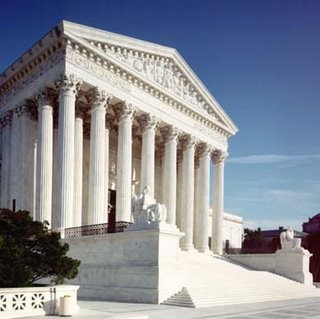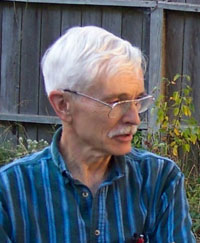What Shapes the Shapers? I

It’s remarkable how the issues we care about change. Less than fifty years ago, it was a huge issue that John F. Kennedy was a Roman Catholic. If Sonia Sotomayor’s appointment to the Supreme Court is confirmed, six of the nine justices will be Roman Catholic. And no one seems to think it matters.
Now, hear me out. The question I would raise is not about church affiliation or church doctrine as such but about ways of thinking about law.
I note that the five Roman Catholics presently on the court are the conservatives and that four of the five had extensive education in Roman Catholic schools (as did Sonia Sotomayor). The one Roman Catholic whose education was in public schools is Anthony Kennedy, the least conservative of the five.
Now the Roman Catholic Church is a church shaped by law. It has an extensive body of canon law to govern its life. It has courts in place to interpret and apply that law. That body of law is based in turn on a legal tradition that goes back to the Roman Empire. That law is taught in Roman Catholic schools. Does that, I wonder, help shape a certain legal mind in the students?
The United States also has an extensive legal tradition but there are two clearly different ways of interpreting our laws and they are at issue in the court at the moment. The conservatives see the law as fixed and unchanging while the liberals see law as a living tradition.
In the twelfth century these two views of the law came into conflict and the first way emerged triumphant. Harold Berman called it a legal “revolution.” The Germanic pattern that had been dominant, especially in northern Europe, was overwhelmed by the Roman pattern of law that has been dominant ever since.
The Germanic folklaw was something very different from the formal logical structure of Roman law. Berman describes it as less an objective code than “an expression of the unconscious mind of the people, a product of their ‘common conscience.’ It was in that respect like art, like myth, like language itself.” It was in other words a living law which reflected community values and was not derived from the written language of legal texts. It was vague and perhaps impractical for a more modern world, but it was also creative and suited to human needs.
The one tradition may have superseded the other but it has never entirely disappeared. We experience it, in fact, almost daily. You are not likely to be arrested for driving 35 miles an hour in a 30 mile speed zone or 70 when the sign says 65. If Antonin Scalia were on duty, we might be; but not if the officer is Ruth Bader Ginsburg. Likewise, there is no law that prohibits me from remaining seated when the national anthem is played at a baseball game, but I will incur community disapproval by doing so and will usually conform to community values. Likewise, most men wore hats when I was growing up because everyone else did; few do now because few do. Community norms change and our behavior changes.
The Constitution of the United States outlaws “cruel and unusual” punishment. It was usual to hang a man for theft in the early days of our country; it no longer is. Some churches teach a pattern of living based on a more flexible view of the law and others a less flexible view. When Jesus said, “The Sabbath was made for man, not man for the Sabbath,” he was expressing a view of law that was flexible and compassionate. The Roman Church has traditionally taught a view of the law that was less flexible and had less room for change.
I would like to think that one or two senators might understand the western legal tradition well enough to engage in a dialog on the subject with Sonia Sotomayor. We know where Antonin Scaia stands on the issue and we know what has generally been taught in Roman Catholic Schools. “Judge Sotomayor, where do you stand on these matters?”
____________________
Berman, Harold J., Law and Revolution: the Formation of the Western Legal Tradition. Harvard University Press, 1983.
 Christopher L. Webber
Christopher L. Webber